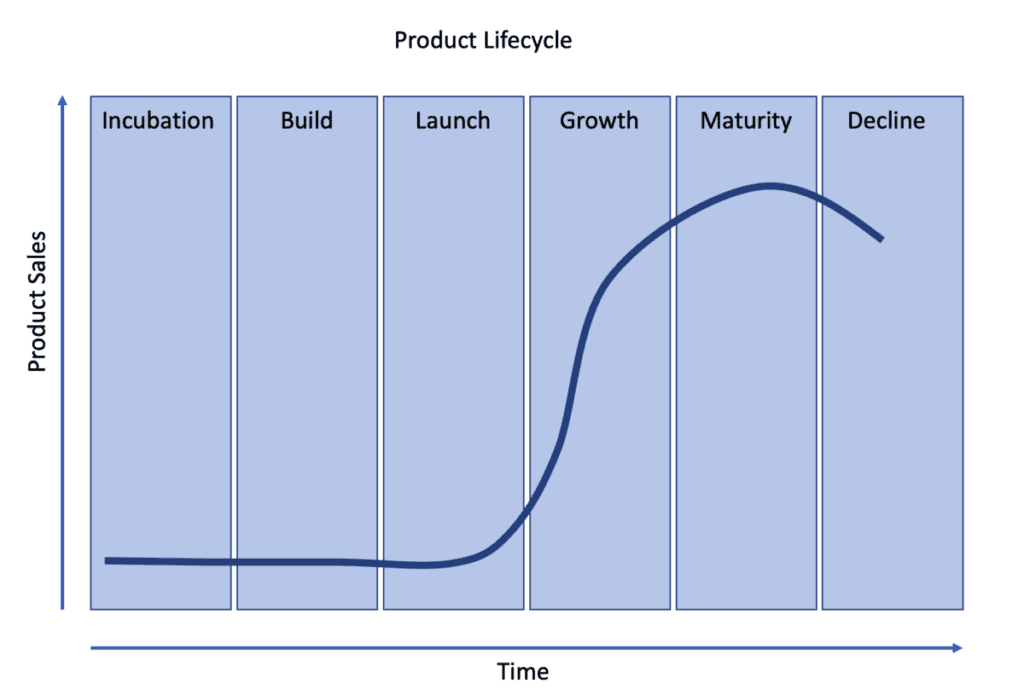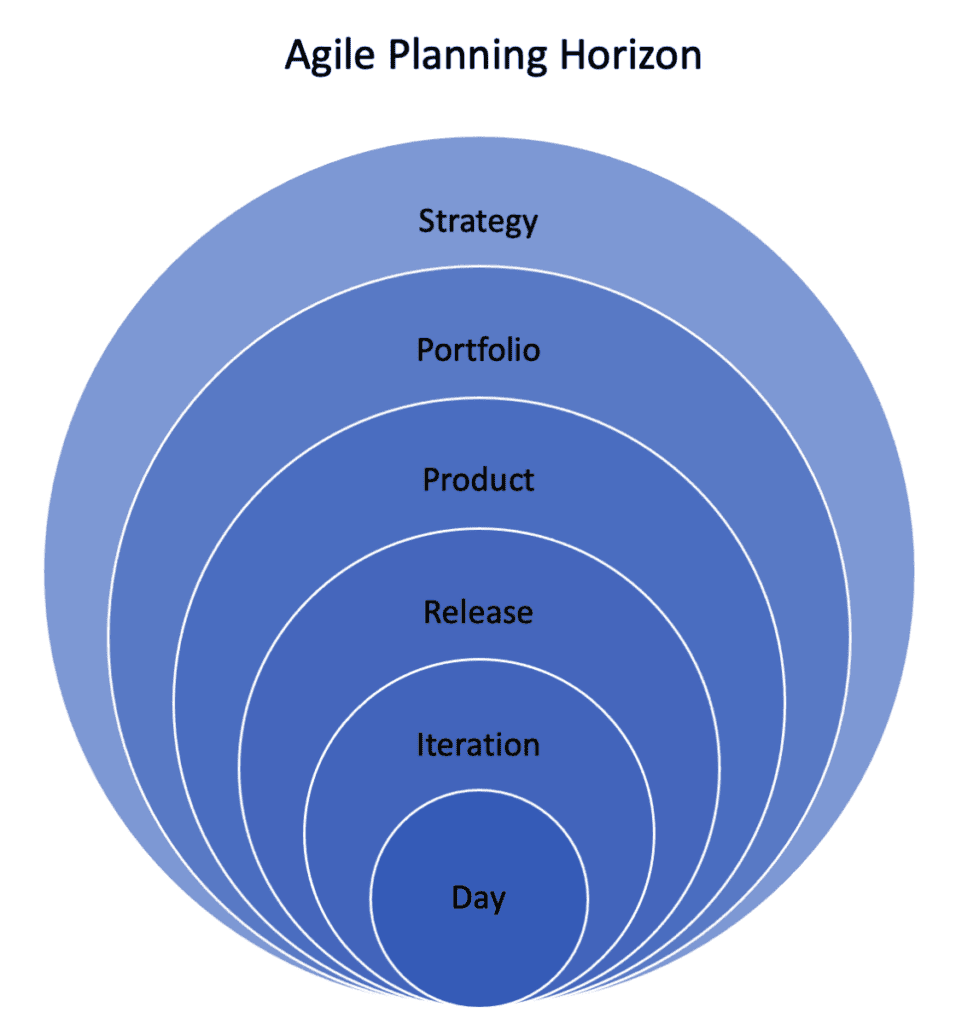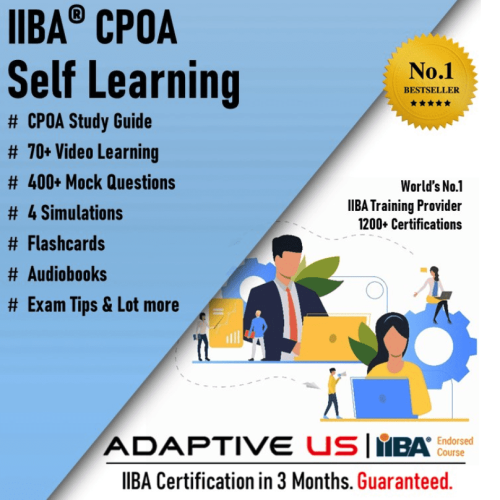Each software initiative necessitates a variety of people, methodologies, tools, and processes, and each company adjusts this mix in order to meet its business objectives. The required effort to deliver a software initiative is inherently creative and a product owner / product manager needs to adjust to their organisational ways of working and market context.
Agile product management entails managing a product in an agile product centric manner. It promotes a flexible approach to planning and implementation, allowing businesses to respond quickly too feedback and create products that consumers enjoy.
Agile challenges product managers’ assumptions about how to plan and create products. Agile provides a more adaptable methodology than traditional software planning and development. Products are developed in short cycles, allowing product managers to change the strategy as need be.
Customers will be pleased if you listen to them and learn from them throughout the product’s lifecycle. Adapt your near-term strategy to match their changing requirements. With an iterative approach provide value to customers.
Table of Contents
Product vs Project Management
More and more organisations are moving towards organising ways of working from a project centric approach to a product centric approach.
Traditionally, projects have a beginning and end in time, as well as a specific aim. Projects are a common method of funding and organising the creation of software. The project team and the work is temporary – project teams will be formed and funded through the life of the project and when the project team is done with the project, members are generally dispersed to another project. Any improvements to the software normally involves another project to be created, funded and resourced (usually with a new set of people) with a new set of aims and objectives.
Product-centric teams typically feature long-term team members tackling a long-term business issue with incremental and iterative methods to reach the goal. Product mode allows teams to quickly reorient themselves, lowering their end-to-end cycle time while also allowing them to check actual outcomes by using short cycles with feedback loops. Products are generally kept by a consistent group of people who work together regularly and bring in additional personnel as needed.
Adjustment of mindset is required for a product owner / product manager to transition from a project to product management perspective. Also there is a need to evolve product owner / product management
Organisations Managing Products
Over time an organisation will have a portfolio of products that they need to evolve, delivery maintain and support.
Managing a portfolio of products requires a change of mindset and planning to achieve a range of products that deliver value to customers and supports the organisations business objectives and provides the competitive advantage that the organisation seeks to achieve its business outcomes.
Organisations will need to consider and manage a set of cross-functional resources to delivery and support each of the products. The organisation will need to determine ways of managing the portfolio of products to prioritise the delivery of product capabilities that have value to the customers and organisation and achieve business outcomes and remain focussed on the customer needs.
Establishing Product Centric Practices
The IIBA product ownership analysis
- Product portfolio management – strategically and tactically overseeing and aligning all of the products in a business’s portfolio.
- Product development – moving a product from initiation to product market release and beyond.
- Product communication – enabling, managing, maintaining effective communications with product stakeholders.
- Product strategy – determining and defining what customer needs (and value proposition) to be met by the product and determining the plan (and roadmap) to address the customer needs whilst managing risk and managing stakeholder expectations.
- Product planning and lifecycle management – using iterative practices to plan (including roadmap) the coordination of identify, establish customer needs and defining, developing customer centric product features that meet and delight the customer needs and provide value.
- Product feedback and data analysis – seeking, gathering and establishing any information shared by customers and stakeholders on the experiences of using the product and using the feedback to inform the future product planning and direction to provide a product that delights the customer. In addition, using data analysis and analysing data to establish key datas metrics that form a basis to help determining whether the product is functioning and delivering to customer and business expectations.
- Product marketing – determining the channels, campaigns, messaging, product launch strategy that will be used to spread awareness, interest, consideration, intent and the desire for the intended customer to purchase or use the product.
- Product support – determining the services that will be required to support the product so that the customer and stakeholders have a good experience and a good level of service without becoming frustrated.
- Product research – having a strategy for product research to help inform ideas, experiments for improvements and to help inform the ongoing direction of the product. The research may involved for example, exploring customer insights, conducting competitive analysis, exploring market opportunities.
Product Life Cycle
A product owner / product manager is required to understand and utilise fast feedback and provide value across the product lifecycle. The product lifecycle is the process that a product goes through from its inception to being discontinued.
The IIBA product ownership analysis
- Incubation – use cost-effective customer centric approaches to identify and understand customer needs, pain points, and opportunities.
- Build – develop a product vision (that supports the value proposition) to provide a shared understanding for the team. Use iterative methods to develop and build the product.
- Launch – develop a product launch strategy considering product growth, customer segments being targeted. Consider also how the product will be measured to help inform future direction. Following the initial launch, early customer or stakeholder feedback may necessitate adjustments to product features or realignment to the product backlog of items to be delivered.
- Growth – during the product growth lifecycle the product will undergo adjustment to determine product alignment to customer needs and market fit with the aim of ensuring that the product is delivering ongoing value. There may be a need to explore new tactics for product growth based upon customer and stakeholder feedback.
- Maturity – During this phase the product will still be adjusted to meet customer expectations but at the same time there may be underlying technology constraints that may hinder improvements, optimisation of product features. As the product matures in the market there will be the need to consider plans for further growth or even plans to start planning for the retirement of the product.
- Decline – Most products will eventually end up in the phase of decline as the competition increases, or the market changes direction or adopts new products. Technology advancements plus the rising customer expectations can cause the product to decline and be replaced with something different. The product team will look to plan for the retirement of the product and considering migrating customers to product alternatives.

Agile Planning Horizons
Alongside a product centric approach, organisations have at all levels of planning and decision-making have adopted some agile’s fundamental principles in order to react and navigate a product through a changing and unpredictable environment.
The agile planning horizons are a useful framework for moving from long-term strategic decision-making to immediate customer demands. The longevity and influence of decisions, as well as feedback loops, are described by each planning horizon in order for organisations to align their operations and manage business initiatives.
Each planning horizon includes a feedback loop to help the team learn and make informed decisions.
• The Strategy Horizon includes:
- The organisation mission and vision – Organisations work hard to develop a vision that is aligned with their mission. Use the mission and vision to drive strategic goals and objectives.
- The business strategy – Use the business strategy to execute work to meet goals. Initiatives are identified to deliver the desired results.
- Initiatives and outcomes – Initiatives are longer term work to meet aspects of the business strategy.
• The Individual Initiative Horizon includes:
- Product vision – Products & services identified within initiatives need individually defined outcomes.
- Product roadmap – A roadmap describes how to achieve the product vision and engages stakeholders.
- Release plan – A high-level tactical major features to be delivered for the product being built.
• The Delivery Horizon includes:
- The iterative plan – identifies features for near time construction and delivery.
- The daily work plan – used by teams to build features iteration plan.
.

Conclusion – Agile Product Management | Product Management Thoughts
A product owner / product manager is required to adapt and learn new product centric concepts to help their organisations reflect new ways of working and help make the shift from project to product centric practices and management.
The The IIBA CPOA certification or Certificate in Product Ownership Analysis



